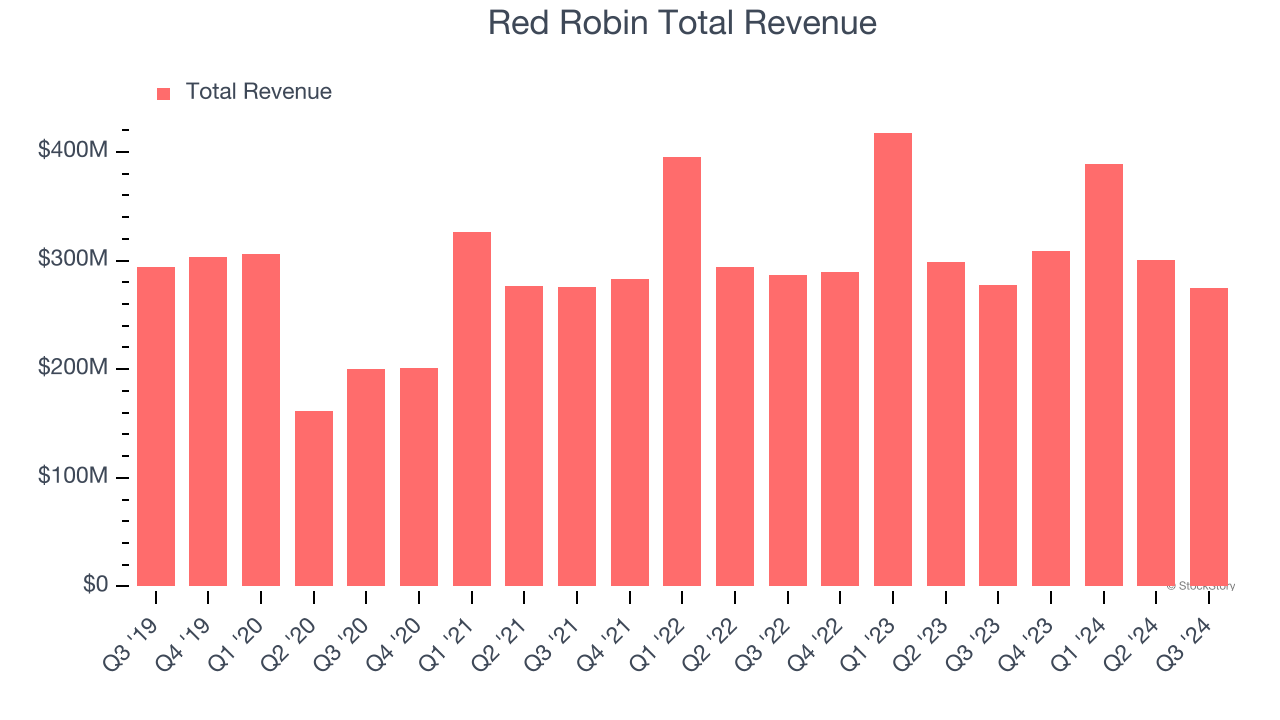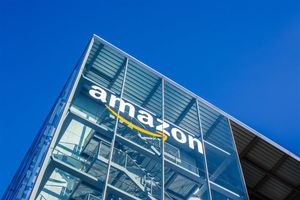
Burger restaurant chain Red Robin (NASDAQ: RRGB) will be reporting earnings tomorrow after the bell. Here’s what to look for.
Red Robin beat analysts’ revenue expectations by 1.7% last quarter, reporting revenues of $274.6 million, down 1.1% year on year. It was a slower quarter for the company, with full-year EBITDA guidance missing analysts’ expectations.
Is Red Robin a buy or sell going into earnings? Read our full analysis here, it’s free.
This quarter, analysts are expecting Red Robin’s revenue to decline 7.7% year on year to $285.2 million, a reversal from the 6.7% increase it recorded in the same quarter last year. Adjusted loss is expected to come in at -$0.57 per share.

Analysts covering the company have generally reconfirmed their estimates over the last 30 days, suggesting they anticipate the business to stay the course heading into earnings. Red Robin has missed Wall Street’s revenue estimates four times over the last two years.
Looking at Red Robin’s peers in the sit-down dining segment, some have already reported their Q4 results, giving us a hint as to what we can expect. Brinker International delivered year-on-year revenue growth of 26.5%, beating analysts’ expectations by 9.6%, and BJ's reported revenues up 6.4%, topping estimates by 2.3%. Brinker International traded up 18% following the results while BJ's was also up 6.6%.
Read our full analysis of Brinker International’s results here and BJ’s results here.
Stocks, especially growth stocks where cash flows further in the future are more important to the story, had a good 2024. An economic soft landing (so far), the start of the Fed's rate cutting campaign, and the election of Donald Trump were positives for the market, and while some of the sit-down dining stocks have shown solid performance, the group has generally underperformed, with share prices down 3.7% on average over the last month. Red Robin is down 27.2% during the same time and is heading into earnings with an average analyst price target of $9.25 (compared to the current share price of $4.80).
When a company has more cash than it knows what to do with, buying back its own shares can make a lot of sense–as long as the price is right. Luckily, we’ve found one, a low-priced stock that is gushing free cash flow AND buying back shares. Click here to claim your Special Free Report on a fallen angel growth story that is already recovering from a setback.





